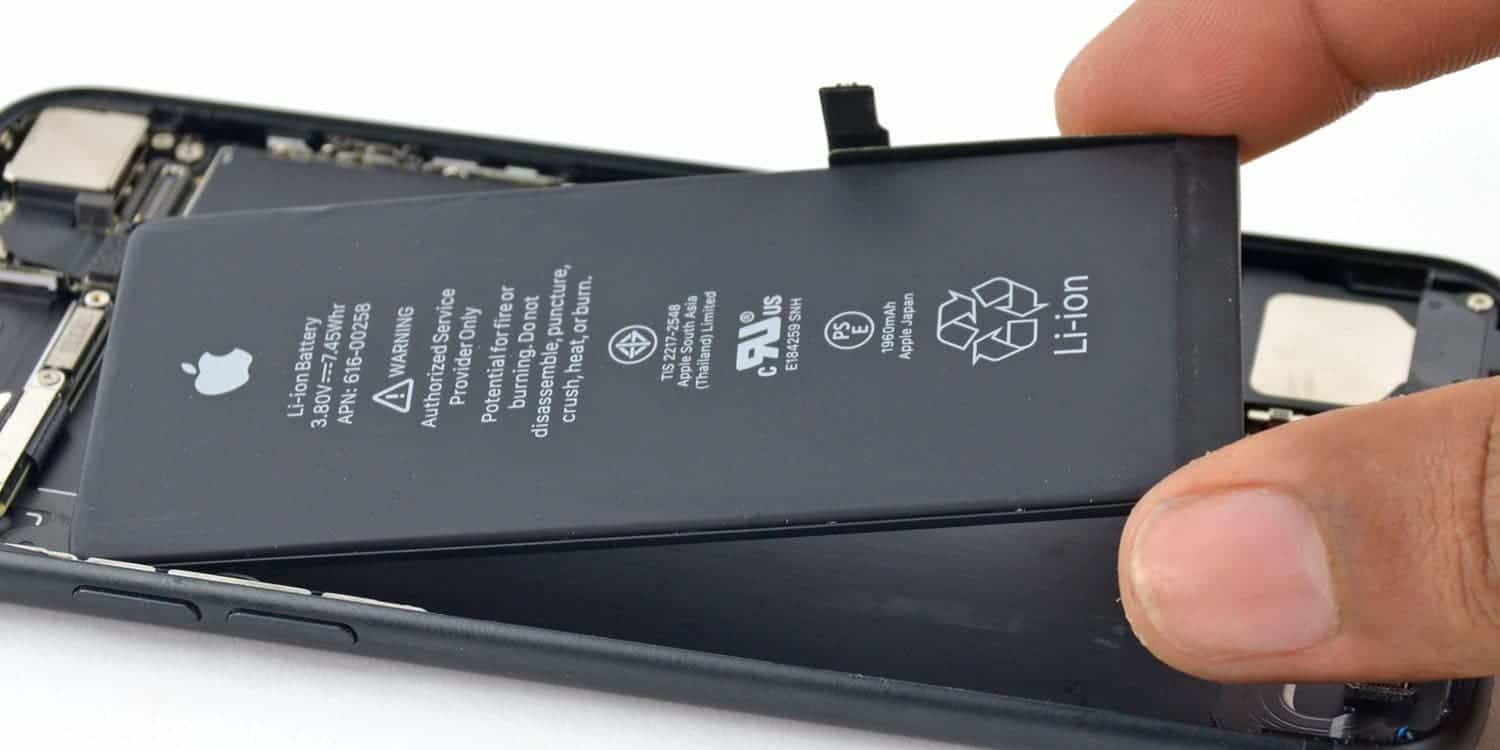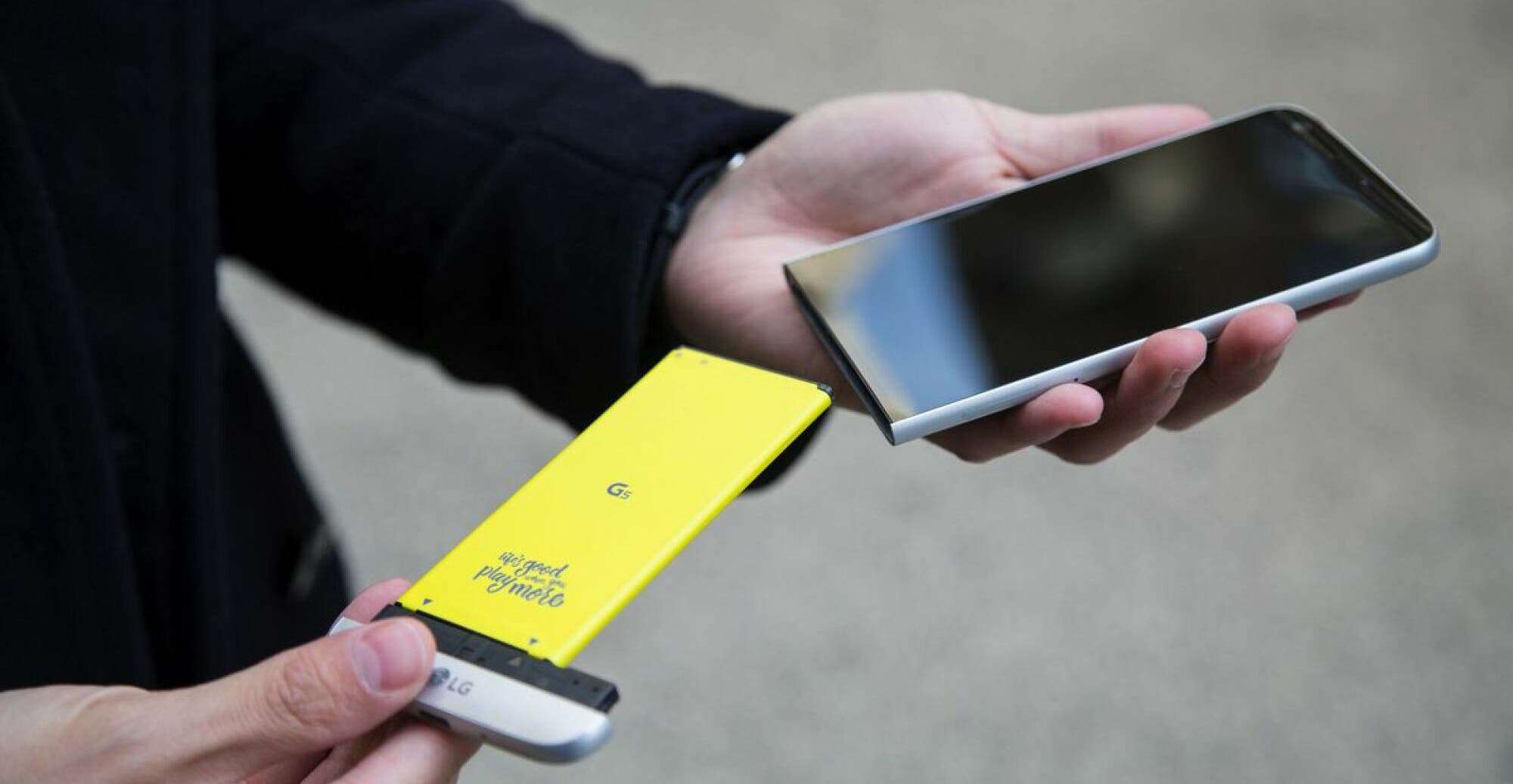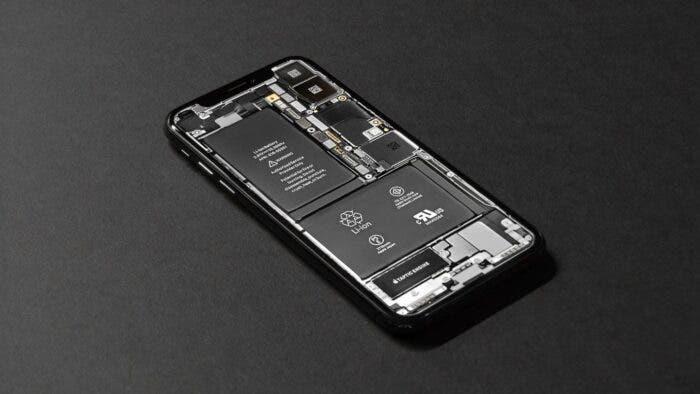Remember the days when we could replace faulty batteries from our phones instantaneously? Well, according to the new rule set by the European Council, those days are set to return! By 2027, all phones released in the EU market need to have replaceable batteries.
And no, simply having replaceable batteries is not sufficient. Phone manufacturers need to ensure that the batteries can be replaced without needing special tools or expertise. Yes, just like the old days! This new regulation was just recently passed this week. Failure to comply will result in the inability to sell smartphones in the EU market.
Why Did the European Council Pass the Replaceable Batteries Law?
The replaceable batteries law exists to make the manufacturers create a circular economy for rechargeable batteries. Now what does “circular economy” mean? It refers to a specific manufacturing process that utilizes recycled materials as much as possible.
If we were living in a perfect world, we would have new smartphone releases that utilize 100% recycled materials. This would have resulted in reduced waste and a more environmentally friendly approach to manufacturing smartphones. Of course, a 100% figure would be practically impossible. But, with the right approach, reaching closer to 100% is certainly possible.

If you want a deeper understanding of the new law, here are some of the rules that it lays out for phones with replaceable batteries:
Waste Collections on Batteries
Manufacturers must collect 63% of portable batteries that would generally go to landfill by the end of 2027. And by the end of 2030, OEMs must increase this number to 73%.
Waste Recovery for Used Batteries
By 2027, lithium recovery from waste batteries should be at 50%. And the percentage should be at 80% by the end of 2031. That means 80% of the lithium inside the batteries should be recovered and reused for manufacturing new batteries.
Newly Set Minimum Requirements for Manufacturing Batteries
EVs (Electric vehicles), SLI (starting, lighting, and ignition), and industrial batteries will need to be manufactured with certain percentages of recyclable content. Initially, the rule sets it to 85% for lead, 16% for cobalt, 6% for nickel, and 6% for lithium.

A New Target for Early Recycling Efficiency
The recycling target for nickel-cadmium batteries should be 80% by the end of 2025. And for all other batteries, the efficiency target should be at 50% by 2025.
Analysis: Does This Mean There Will Be Separate Versions of Phones with Replaceable Batteries?
The legislation passed by the European Council does not exclusively apply to the EU market. For example, the European Council passed a law revolving around USB-C last year. According to it, all phones should have USB-C ports by 2024. And this has made Apple ditch its lightning port and shift to USB-C for iPhones of all regions.
Therefore, the new law concerning replaceable batteries will have an effect on all the markets. Moreover, you need to consider the fact that companies such as Apple, Google, and Samsung do not design devices specific to Europe. Manufacturers will not create exclusive versions of phones solely for the EU market.

Examining the law enacted by the EU, you can see that it does not only revolve around smartphones. This law will also change laptops, tablets, e-Bikes, EVs, and anything that has a rechargeable battery. Yes, you can finally replace the batteries of your gaming tablets soon!
What Will Smartphone Manufacturers Do Now?
Do not expect to see devices with replaceable batteries just yet. As mentioned earlier, the grace period for the replaceable batteries law is until 2027. That gives the OEMs enough time to redesign their products and manufacturing process.
However, there is a possibility of observing slight design changes in phones released next year. However, it will take quite a good amount of time for manufacturers to have designs, equipment, and a supply chain ready to create phones with replaceable batteries at a large scale.
Additionally, manufacturers need to devise a design that will keep some of the existing premium features. For example, Achieving an IP68 rating on a device with replaceable batteries poses significant challenges. OEMs might even need to increase the price of the phones as the new designs may increase the production cost by a huge margin.

Another factor that will be a challenge for the manufacturers is a glass back. These days, phones come glued shut glass back panels. And all modern phones do not have easy-to-replace batteries. In the past, phones came with plastic backs, which allowed users to easily pop out the batteries. So, does that mean we will see new back designs?
It is still early to say whether we will see manufacturers making some substantial changes to their smartphones. If the OEMs can effectively overcome these obstacles, we might see little to no changes in the overall designs of smartphones.
But there’s no denying that this change will be good news for the consumers. It will finally be possible to use the same smartphone for years without needing to spend too much on replacing batteries.





